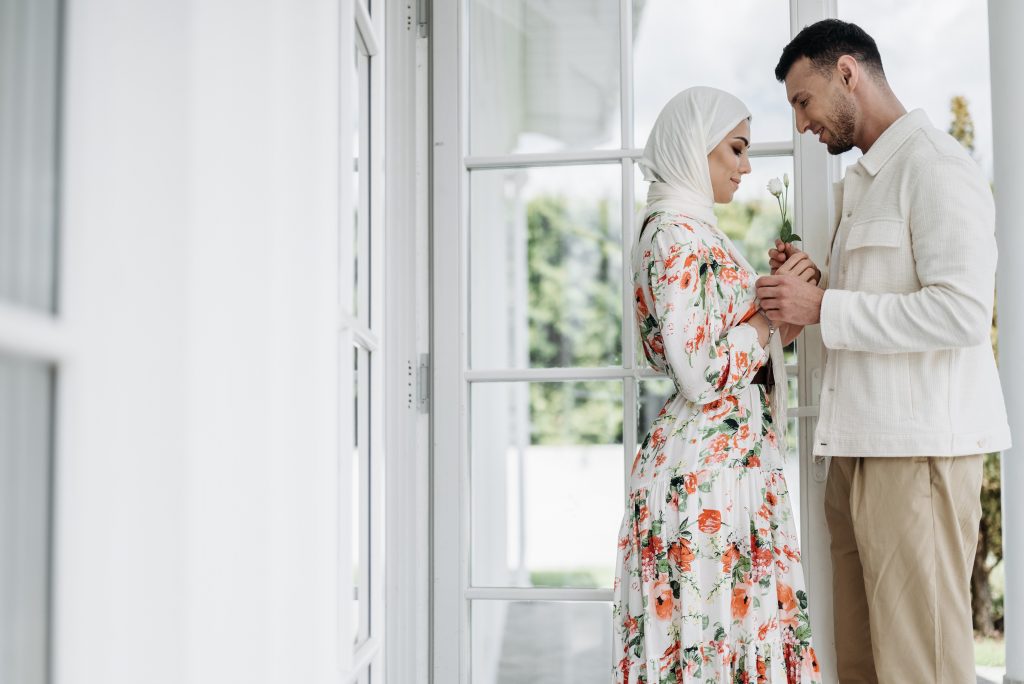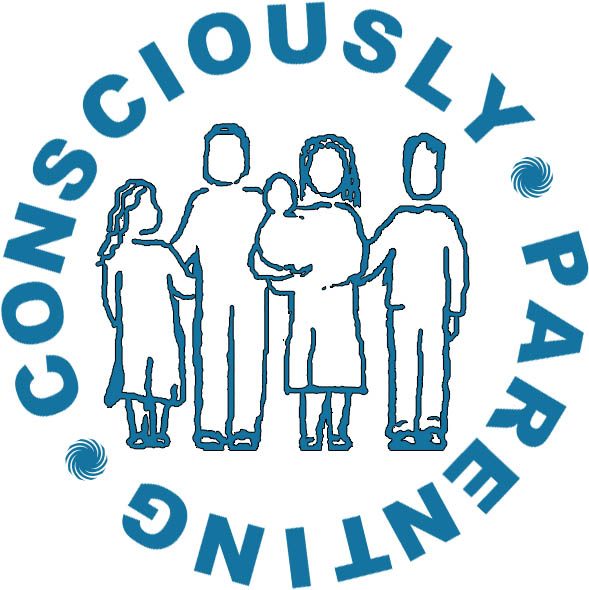Healing Partner Relationships Together

Healing Partner Relationships Together
Healthy partnerships are so important to our well-being. When we have a partner and it is going well, even difficult things can be moved through with the power of two. When a partnership isn’t going well, it can impact every area of your life.
Survival Mode
When couples come to me and their partnership isn’t doing well, I often see that they’re both in survival mode. Remember that being in survival means that one is not safe—in simple terms, it means that we have a fight, flight, or freeze response being activated in the relationship. When someone is in survival mode, they are not thinking with clarity. They’re often triggered into past experiences and memories, though they may not even realize that’s part of the story of what’s happening. All they know is that the other person doesn’t feel good to be around and that there is fighting, flighting, or freezing happening in the relationship.
Healing is possible whether one or two people want to work on things
Partner relationships can be repaired when there are two people willing to do the work to repair it. One partner can make the decision to repair the relationship and can make moves in that direction, but it takes two willing people to actually do the repair work together. That said, regardless of whether both people are willing to repair the relationship, the relationship can still be healed within yourself. Even when one person is unable or unwilling to make repairs, the person who is willing to show up can do so for themselves and bring resolution and integration into the unfinished energy from the relationship.
But today, let’s look at what you can do together if you have a partner who is willing to do some work on the relationship together.
In the day to day with a partner when things aren’t feeling good, it’s hard to know where to start. Here are some ideas based on my own work with couples.

1. Create safety by pausing. When everyone is in survival mode, no one is feeling safe. When you are activated and ready to defend yourself or fight or run away, it can be helpful to take a pause. This might mean stepping into another room or outside for some fresh air. It might mean feeling your own feet on the ground and breathing before you say anything else. When we pause, we give our brains and nervous systems an opportunity to re-pattern and make another choice. Take a pause for yourself. It will help you both!

2. Find ways to connect when you’re not in survival. Do you do well when you’re on a walk or playing a game together? Does movie night work, or maybe when you’re both reading a book together (or listening to an audio book), or cooking together? What things are working for you in your relationship? It’s easy to notice what’s not working and miss the things that are. Shine a light on those things and do more of them.

3. Make space to listen to each other. If your relationship is under a lot of stress, it can be helpful to find a professional who can support you to really hear each other. Consider someone trained by Hedy Schleifer in Crossing the Bridge or someone trained by the Gottmans, who can help to keep things safe for both of you. The most important thing is to recognize that when you’re disconnected, you’re really not seeing or hearing the other person. When you can slow down to really listen and make sure you’re hearing your partner in safety for both of you, things can begin to shift!
It’s really difficult when you’re in a partnership and it isn’t feeling good for either of you, especially if you’re in a pattern of survival. While turning a relationship around with your partner takes time and intention when there are two people who want it to feel better and are willing to do the work, it is possible to turn things around. The journey of 1000 miles begins with one step and shifting in seemingly small ways can help. If your relationship is in crisis, please reach out for professional support. You both deserve to be supported.




